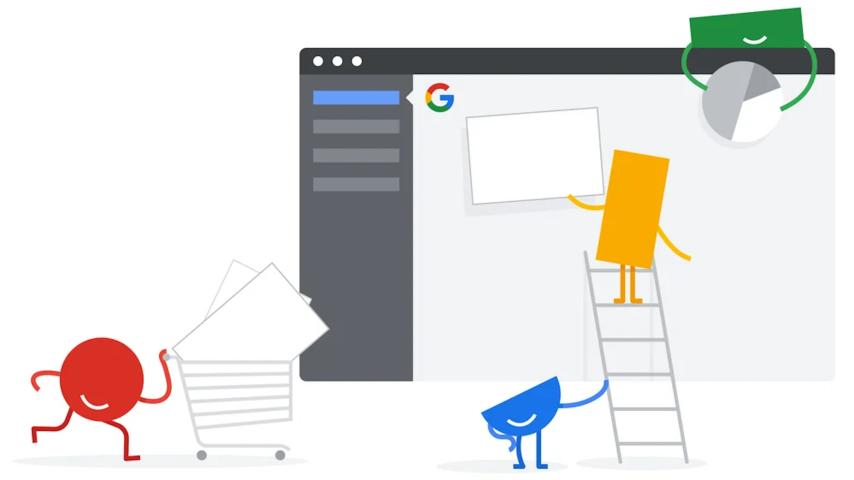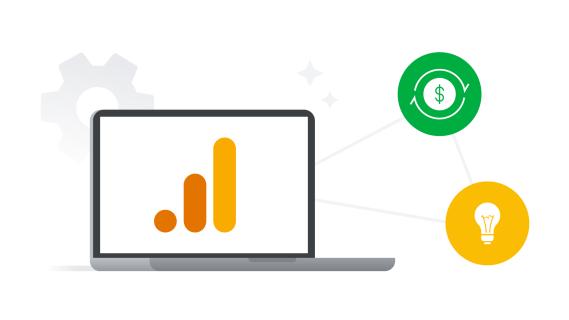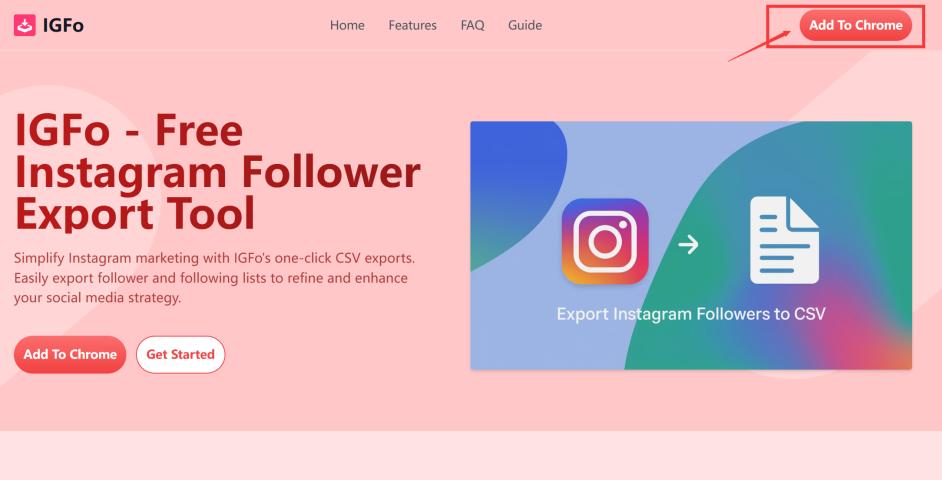Google AdSense is a powerful tool for startups looking to monetize their websites. By displaying ads on your site, you can generate revenue based on user interactions with those ads. If you're new to AdSense, this guide will walk you through the basics to help you get started.
1. What Is Google AdSense?
Google AdSense is an advertising platform that allows website owners to display ads on their sites. Advertisers pay Google to place their ads across the web, and you, as a publisher, earn money when visitors interact with those ads.
2. Setting Up Your Google AdSense Account
- Step 1: Create a Google Account: If you already have a Google account (Gmail, YouTube, etc.), you can use that to sign up for AdSense. If not, you'll need to create one.
- Step 2: Sign Up for Google AdSense:
- Visit the AdSense website.
- Click "Get Started" and fill out the required information, including your website's URL and your email address.
- Choose whether you want AdSense to send you customized help and performance suggestions.
- Click "Save and Continue."
- Step 3: Connect Your Site to AdSense
- AdSense will provide you with a snippet of code.
- You'll need to add this code to your website's HTML. This step is crucial as it allows AdSense to verify your site and start displaying ads.
- If you're using a CMS like WordPress, there are plugins available that can help you insert the code without editing the HTML directly.
- Step 4: Wait for Approval: Once your site is connected, Google will review it to ensure it complies with their policies. This process can take anywhere from a few hours to a few days. After approval, ads will start appearing on your site, and you'll begin earning revenue.
3. Placing Ads on Your Website
Google AdSense offers two main ways to display ads: automatic and manual:
- Automatic Ads: Google chooses where to place ads on your site based on its layout and content. This is a good option if you prefer a hands-off approach.
- Manual Ads: You have control over where the ads appear. You can choose specific ad units and place them in your site's HTML or use a plugin if you're on a platform like WordPress.
AdSense offers various ad formats including display ads, in-feed ads, in-article ads, matched content, and more.
Start by experimenting with different ad types and placements to see which works best for your audience.
4. Optimizing Your Ad Performance
Understand Your Audience: Knowing where your visitors are coming from, what devices they use, and what pages they visit most can help you optimize ad placements. Google Analytics is a great tool to gather this data.
Experiment with Ad Placement
Test different placements to find the sweet spot where ads are visible but not intrusive.
Common high-performing areas include above the fold, within content, and at the end of articles.
Use Responsive Ads
Responsive ads automatically adjust their size to fit different screen sizes and devices. This is particularly important as more people browse the web on mobile devices.
5. Monitoring Your Earnings
Google AdSense provides detailed reports on your earnings, including metrics like page views, clicks, and RPM (revenue per thousand impressions). Regularly monitoring these reports will help you understand how your ads are performing and where there's room for improvement.
6. AdSense Policies to Keep in Mind
Google AdSense has strict policies regarding the types of content that can be monetized, as well as how ads can be displayed. Violating these policies can result in your account being suspended or banned. Some key policies include:
- No clicking on your own ads.
- No encouraging others to click on ads.
- Content must be original and family-friendly.
- Avoid placing ads on pages with little to no content.
7. Troubleshooting Common Issues
- Ads Not Showing Up: This can happen if your account hasn't been approved yet, if there's an issue with the ad code, or if your site violates AdSense policies. Check your AdSense dashboard for any alerts or messages.
- Low Earnings: If you're seeing low earnings, consider experimenting with different ad types, sizes, and placements. Also, ensure that your site is receiving enough traffic, as more visitors generally lead to more ad interactions.
- Site Disapproval: If your site is not approved, review the feedback from Google. Common issues include insufficient content, site navigation problems, or content that violates AdSense policies.
Google AdSense is a great way to monetize your startup’s website with relatively little effort. By following this guide, you should be able to set up your account, place ads on your site, and start generating revenue. Remember, the key to success with AdSense is patience and continuous optimization.












